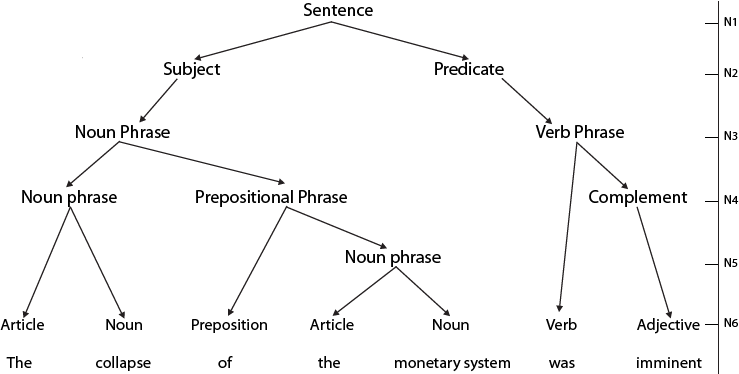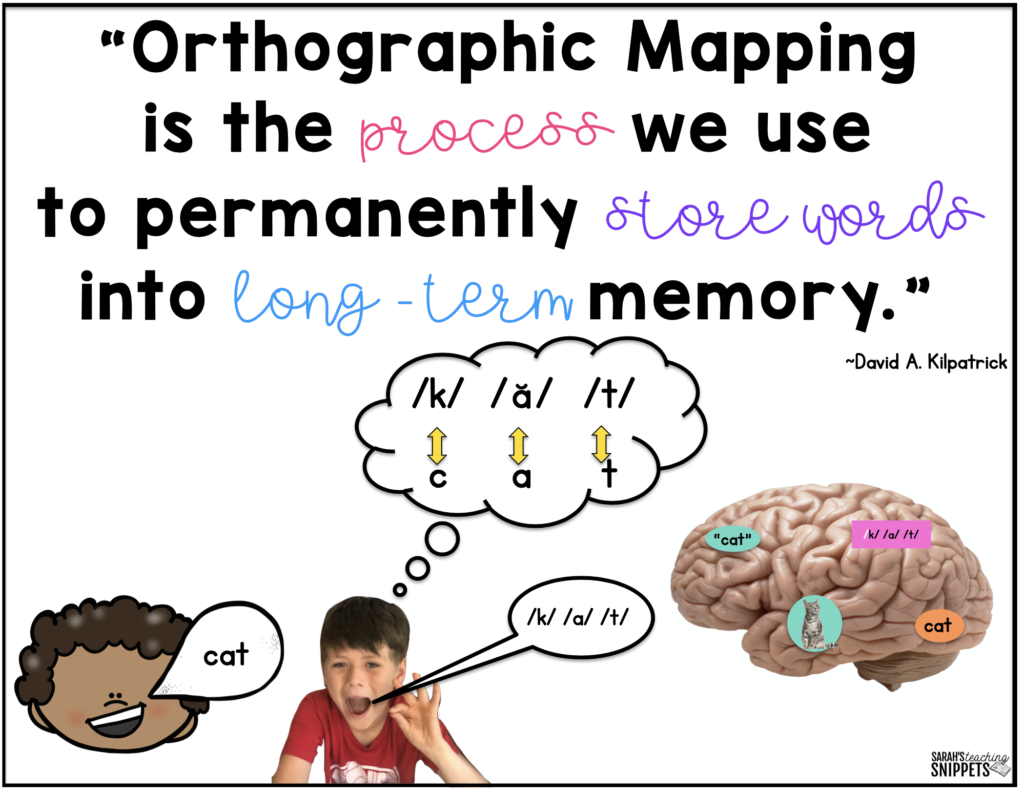Syntax and Orthography
Syntax and Orthography
The syntax tree on the right shows the working structure of an English sentence. This visual graphic may help some ELs to better grasp language concepts and decode English and decipher between vowel sounds that sound so similar to the non-native ear. For example:
call → cut → cot → car
The vowel sounds in these words may be crystal clear to an English native speaker, but some ELs struggle with the nuances of English vowel sounds and their spellings. This is often the case with native speakers of languages with limited vowel sounds, like Spanish (5) compared to English (20).
Often, Spanish-speaking ELs will use their understanding of Spanish phonetics to vocalize English words based on the closest-sounding phonemes in Spanish because their hearing does not allow them to easily decipher between the vowel sounds of the above-mentioned words. They are all
Orthography is another area with which ELs struggle immensely. Spelling Bees exist in English because English spelling is difficult because it has so many irregularities. For example, consider the following words:
thought → through → though → rough
Spanish is spelled the way it sounds, and Spanish vowels have only one sound each. Native Spanish speakers struggle even more with English vowel sounds that do not exist in Spanish.

